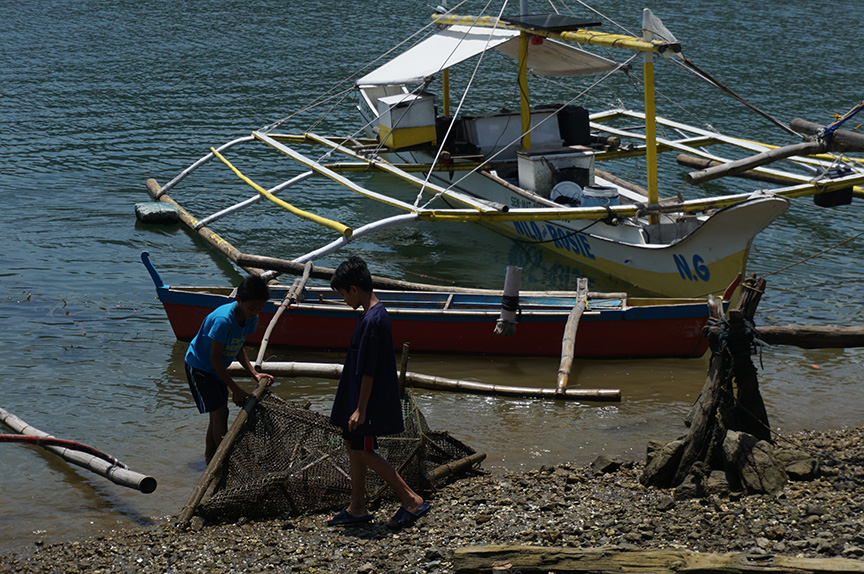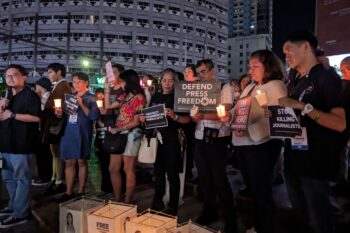DAVAO CITY (MindaNews/10 September) – The survey for the third “Listahanan” or the National Housing Targeting System in Davao Region will start next month, the Department of Social Welfare and Development (DSWD)-11 said.
The survey will determine where and who the poor households are in the 49 cities and municipalities of the region.
 A fishing village in Banaybanay, Davao Oriental. MindaNews file photo by H. MARCOS C. MORDENO
A fishing village in Banaybanay, Davao Oriental. MindaNews file photo by H. MARCOS C. MORDENO
DSWD-11 regional field coordinator Elvie G. Bahinting said the results of the survey will determine the beneficiaries of the Conditional Cash Transfer program or the Pantawid Pamilyang Pilipino Program of DSWD and of the social services of the other national government agencies, civil service organizations and local government units.
She said the agency will train 1,905 field workers and encoders starting early October to prepare them for the field visits, including the far-flung areas identified by the LGUs as poor communities.
However, she added they are closely coordinating with municipal governments and the Department of Interior and Local Government to know if it is safe for their workers to enter the conflict-affected areas.
“We don’t want to put the lives of our field workers at risk. We are in close coordination with DILG. If in case, the DILG or the LGU will say that although that area is considered hotspot area but safe for our enumerators, we will go there. We also respect decision of the LGU if they will say we cannot go there because it’s risky for our field workers,” she said.
The field workers are eyeing to cover 834,729 poor households. A bigger portion came from Davao City with 190,095 or 22.77%.
In identifying the poor households, she said the field workers have 52 indicators with 139 variables.
“Basically, what they look for is the socio-economic condition of the household, composition, and indicators of the social protection services received by households,” Bahinting added.
She said the validated results of the Listahanan will come out in August 2020.
In a briefer released by the DSWD-11, the specific objectives of the Listahanan include formulating unified criteria for the identification of the poor population through scientific means; facilitating the sharing of high quality database to public and private agencies; and ensuring the cost efficiency of social protection programs y reducing leakage and under coverage. (Antonio L. Colina IV/MindaNews)
